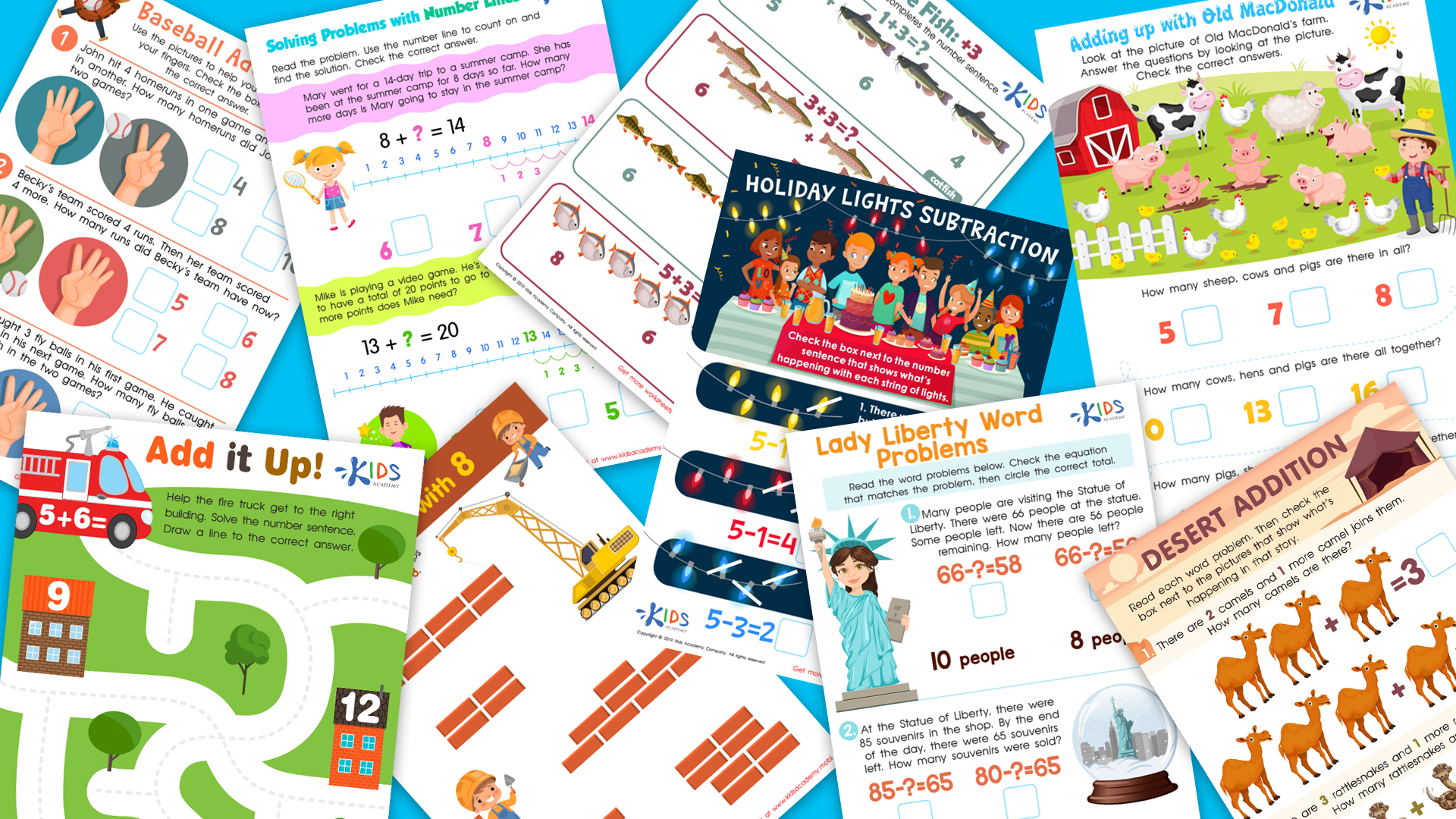Improve reading comprehension Normal Reading Comprehension Worksheets for Ages 4-9
6 filtered results
-
From - To
Enhance your child's reading skills with our "Improve Reading Comprehension" worksheets, designed specifically for ages 4-9. These engaging, age-appropriate activities help young learners develop essential reading comprehension skills through fun and interactive exercises. Our worksheets focus on key areas such as identifying main ideas, making inferences, and answering questions based on text. Perfect for classroom use or home study, these resources provide a supportive learning environment that encourages curiosity and critical thinking. Foster a love for reading while ensuring your child builds a strong foundation in comprehension and literacy. Start your journey to better reading comprehension today!


Authors and Illustrators Worksheet
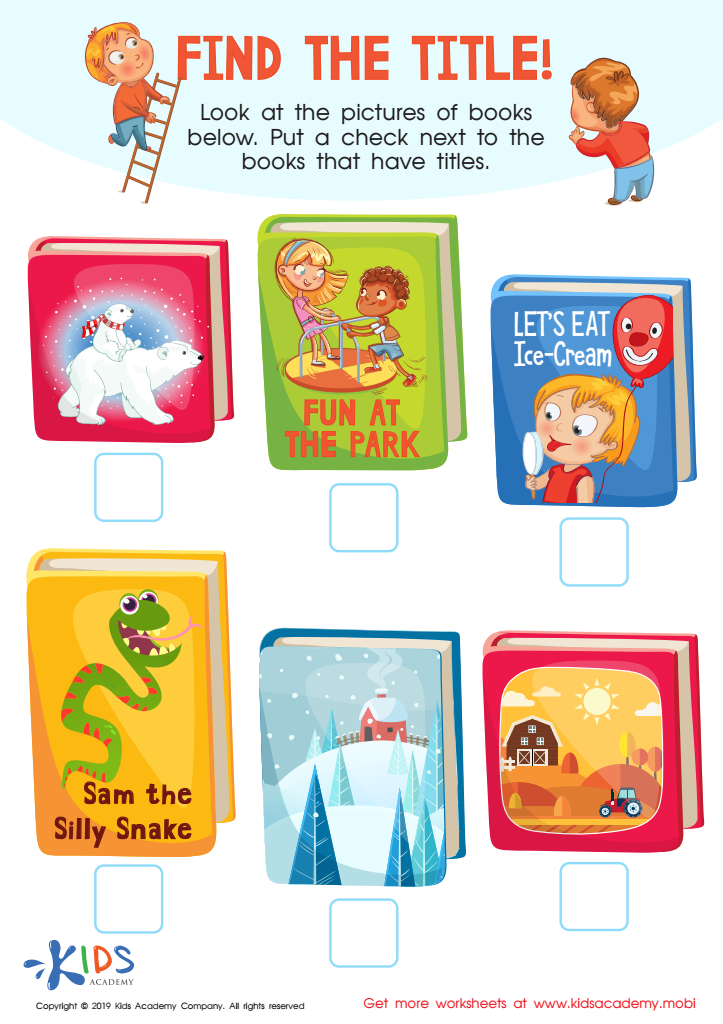

Find the Title Worksheet
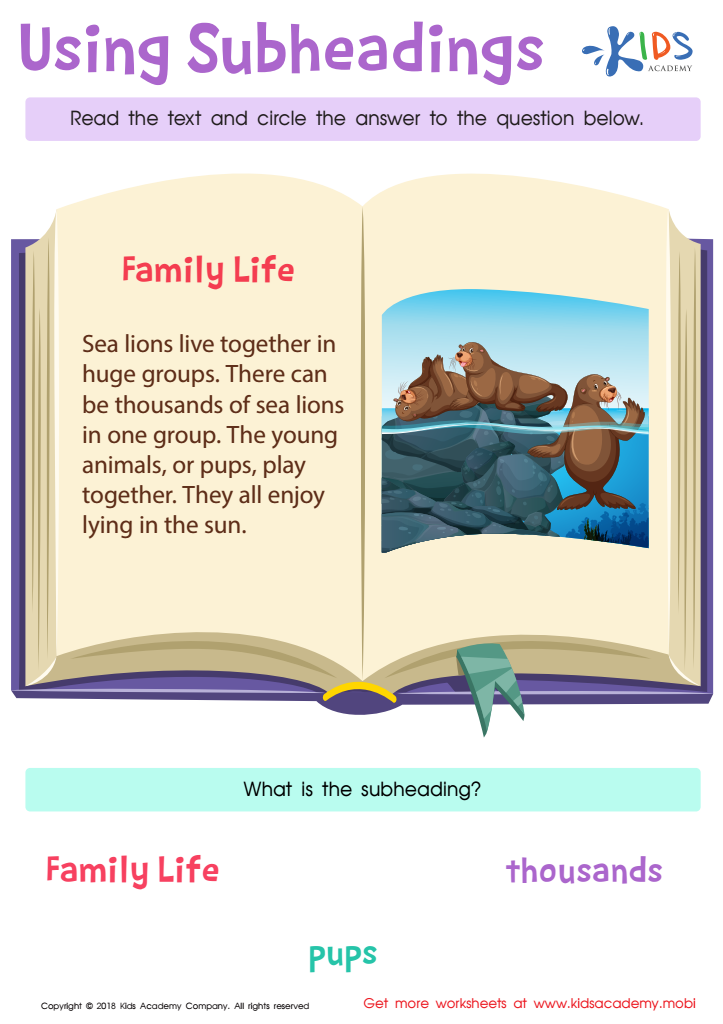

Using Subheadings Worksheet
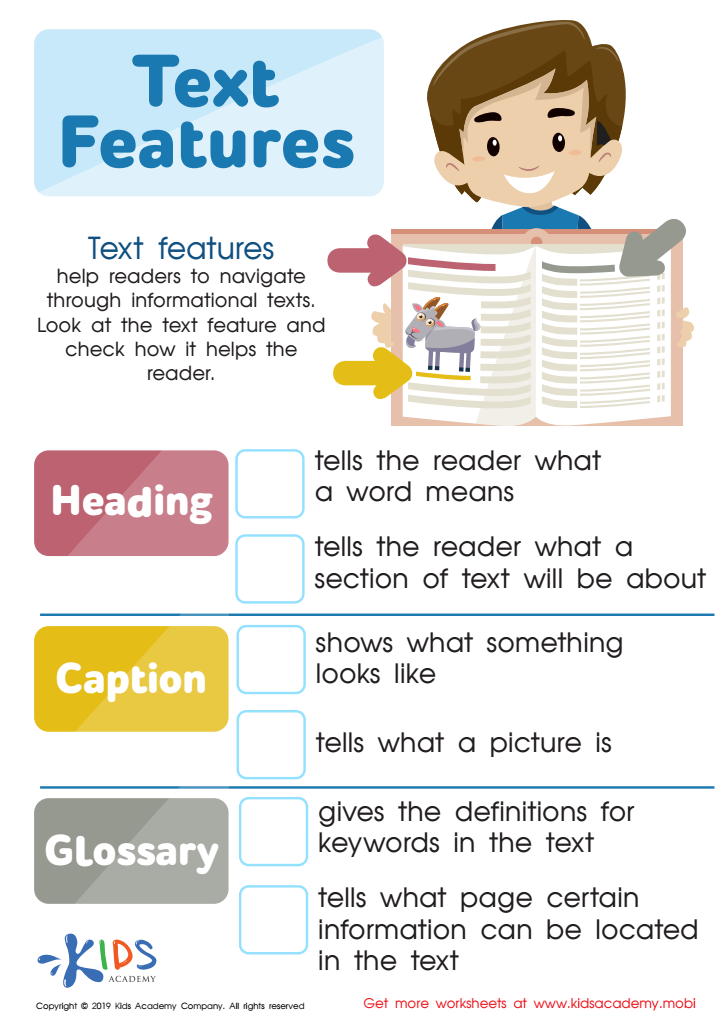

Text Features Worksheet
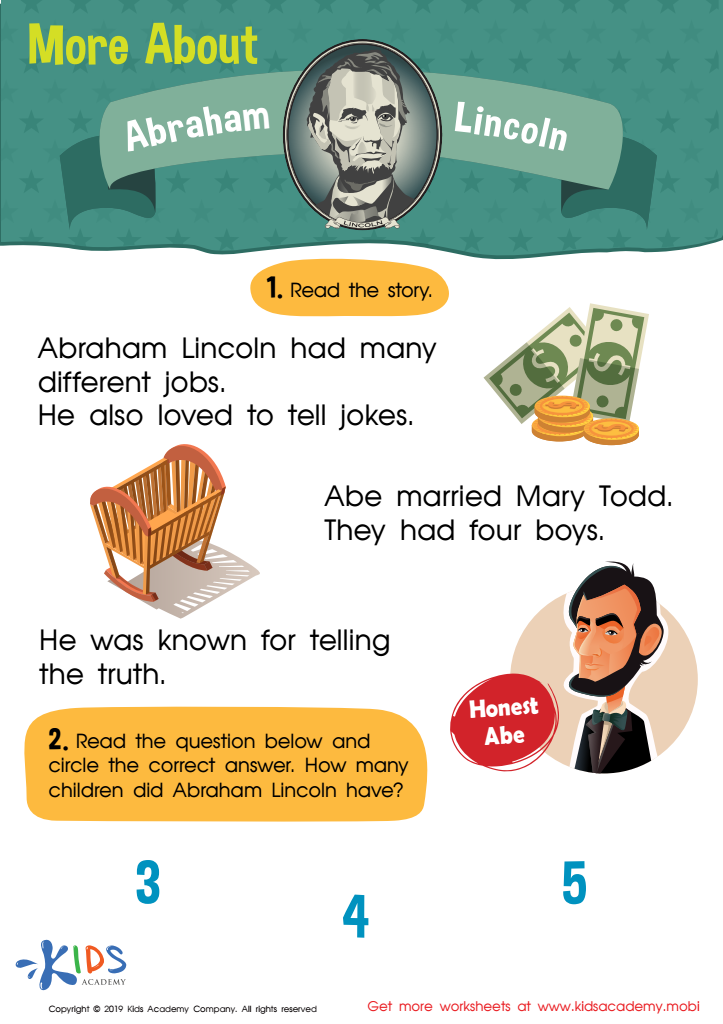

More About Abraham Lincoln Worksheet
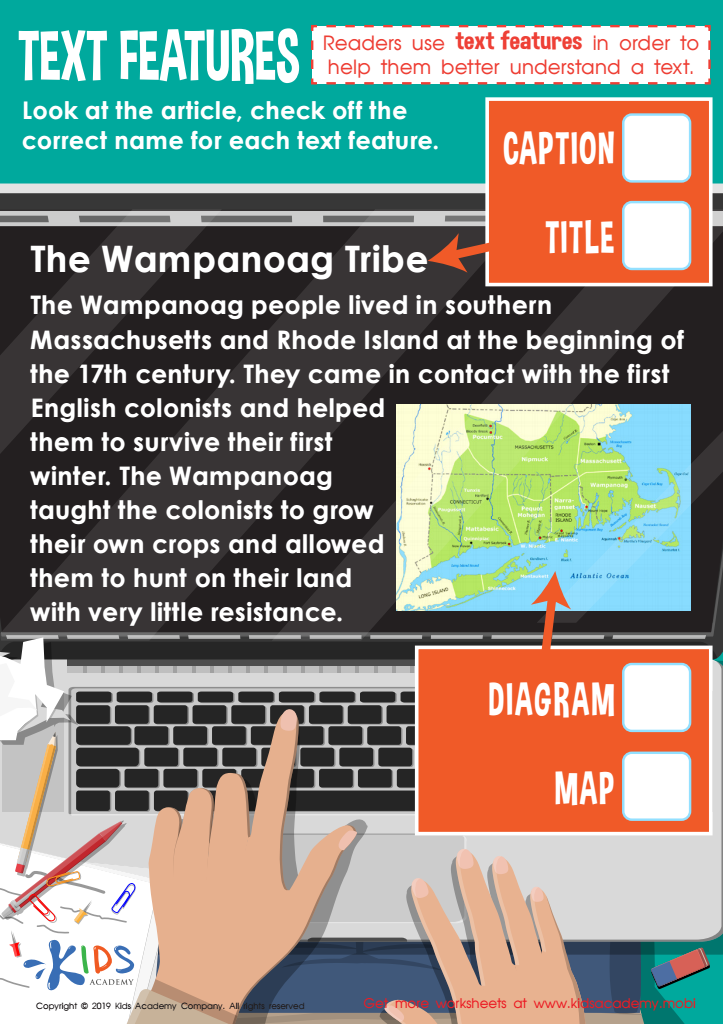

Text Features Worksheet
Improving reading comprehension for children aged 4-9 is crucial for their overall academic success and lifelong learning. At this developmental stage, children are not only learning to read but also reading to learn. Strong comprehension skills empower them to extract meaning from texts, enabling better understanding across subjects, from math to science. When parents and teachers focus on reading comprehension, they foster a love for reading, which can enhance vocabulary, critical thinking, and creativity.
Moreover, strong reading skills are closely linked to future academic achievement; children who struggle with comprehension often face challenges later in school. Early intervention ensures that children build a solid foundation for more complex texts, which will aid in higher-order thinking skills. Engaging in discussions about stories, asking questions, and encouraging predictions can transform reading time into an interactive and enjoyable experience.
Additionally, improving reading comprehension can boost a child’s confidence and self-esteem. Children who understand what they read are more likely to participate in classroom discussions and share their thoughts. Their enthusiasm for learning will ripple through all aspects of their education. Overall, prioritizing reading comprehension in the early years is essential for nurturing capable, confident, and curious learners.
 Assign to My Students
Assign to My Students






